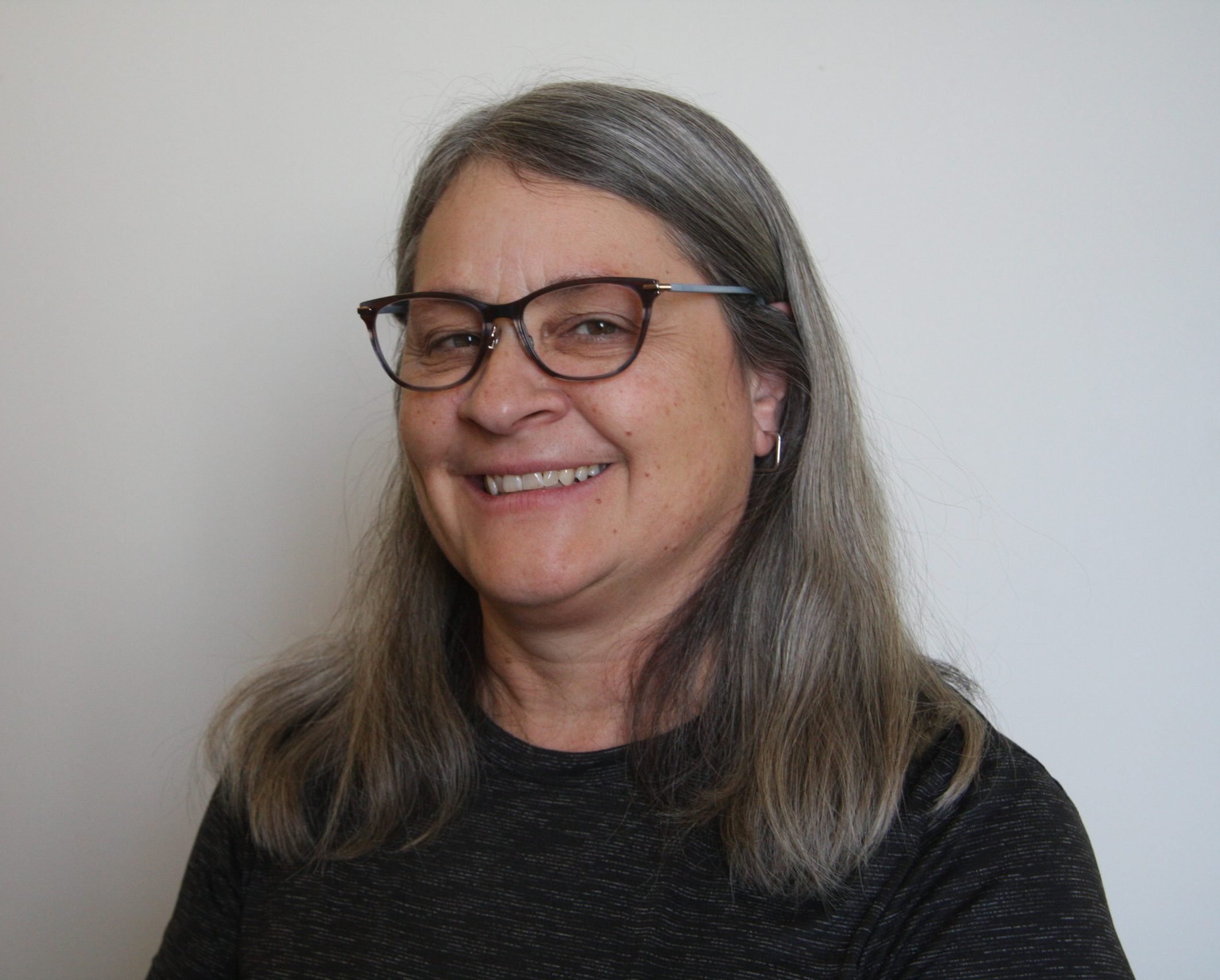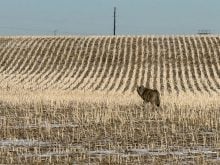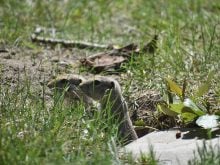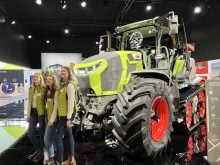LEROSS, Sask. – Eight years ago Greg Larson was driving 1,400 kilometres a day, gathering hides from abattoirs and preparing them to ship to Canadian and American customers.
Today Larson Hides employs 15 people – in a community of just 41 – who gather and process hundreds of thousands of hides each year.
Larson is already assembling the equipment required to expand a processing plant he built south of the village in 2002.
All of this came from watching what his father earned from the hides collected at the family’s abattoir.
Read Also
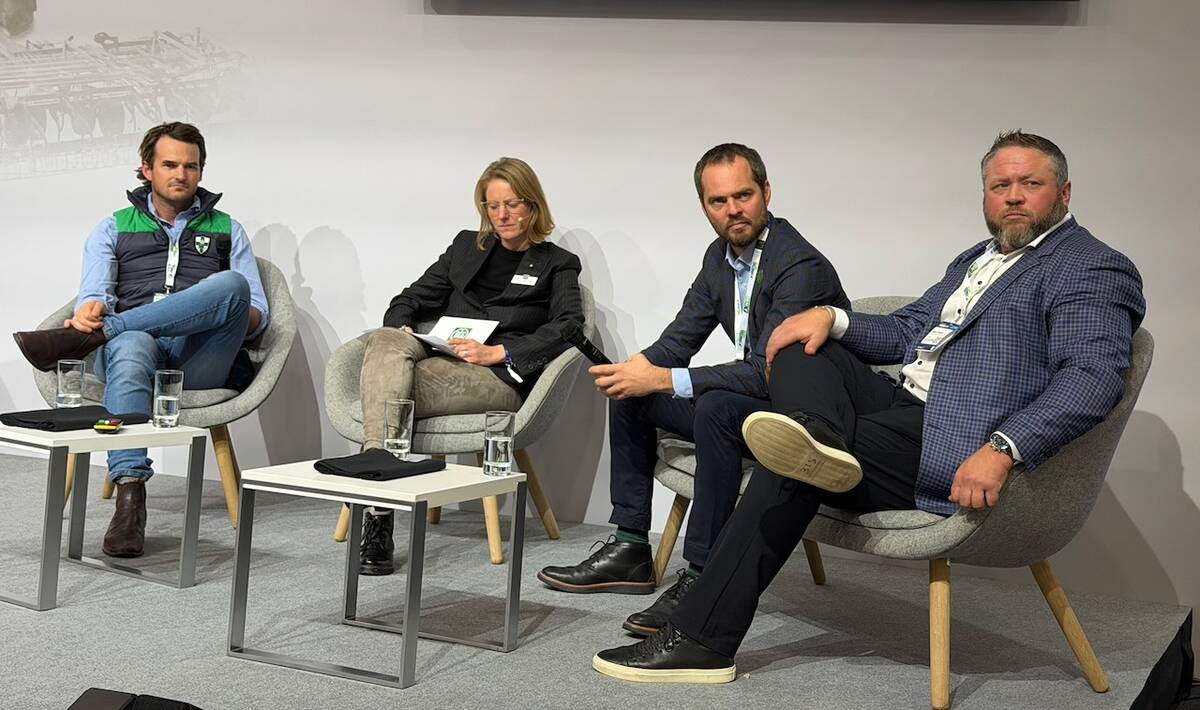
Agritechnica Day 2: The future of tractor power, building quicker crop apps and large farms and tech
Agritechnica Day 2: The future of tractor power, building quicker crop apps with Syngenta and large farms and tech
“We weren’t getting a lot of money from the hides out here,” he said. “I did some research and found some customers in Eastern Canada and the U.S. for the hides, but I never had enough for a load.”
So in 1995, he started approaching other abattoirs and offered them more for the hides than processors were paying.
“I started the company with $3,470,” he said. “I put a down payment on a truck and trailer and went out and picked up hides.”
A couple of years later he was starting to burn out, but by then the company was taking off and he was able to hire staff. He still puts in the long days, but mostly they are on the telephone or meeting with customers from around the world.
“I never had a discouraging day,” he says now. “I knew exactly where I was going.”
Larson Hides collects about 100,000 cattle hides from small abattoirs in the three prairie provinces and several northern states.
He also buys the hides of sheep, swine, horses, bison, moose, elk and deer.
He buys several hundred thousand deer skins each year and ships them by container to China, where they are made into leather gloves, shipped back to Larson and sold at trade shows.
He admits he makes more money on the gloves than on the skins; he sells about a million pairs a year.
One U.S. hardware store buys 90,000 pairs. Larson hopes to make a deal with a Canadian company to sell the gloves.
He said it’s more economical to ship the hides to China for tanning and processing than to do it in North America.
“It’s hard for a Canadian tanner to compete because they can’t beat (China) on labour or freight. I’m cheaper to China than I am to New York and it’s the same price to Nebraska.”
The cattle hides are shipped in bulk to various customers and turned into leather for a variety of uses including clothing and furniture. The poorest quality hides are used for fish and lobster bait.
There are 23 grades of hides and customers pay accordingly.
After the hides are collected they are cured with salt before shipping. This is a critical step.
“Some of them spend four weeks in a container and they go to some pretty hot places,” Larson said.
Curing takes place in a concrete raceway containing a highly concentrated salt solution. The hides can be put into the raceway fresh or frozen, and they’re considered cured within 12 hours.
The raceway is three metres deep and can handle about 400 hides in an eight-hour shift. They float through the solution, turned at either end by steel paddles. When they’re done, they are removed, trimmed and stacked according to grade.
Larson’s $500,000 expansion this spring will add two buildings and a second race-way, increasing the oper-ation’s capacity to 10 times what it is now. He will also hire 10 more workers.
Hide supply has in-creased since May 20, because more cattle are being slaughtered locally. Larson hasn’t had difficulty shipping hides out of the country because the curing process gets them clean enough for export.

